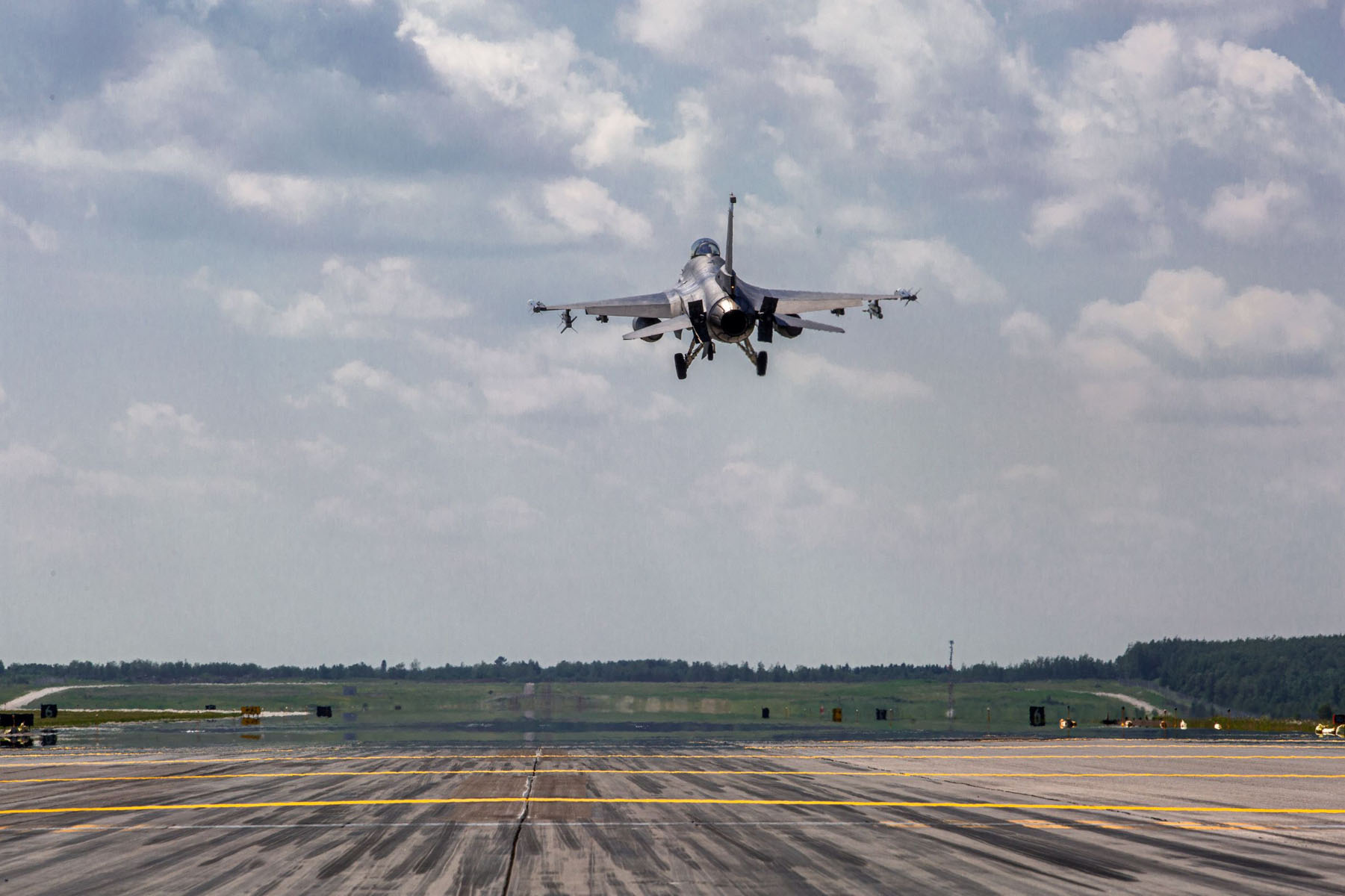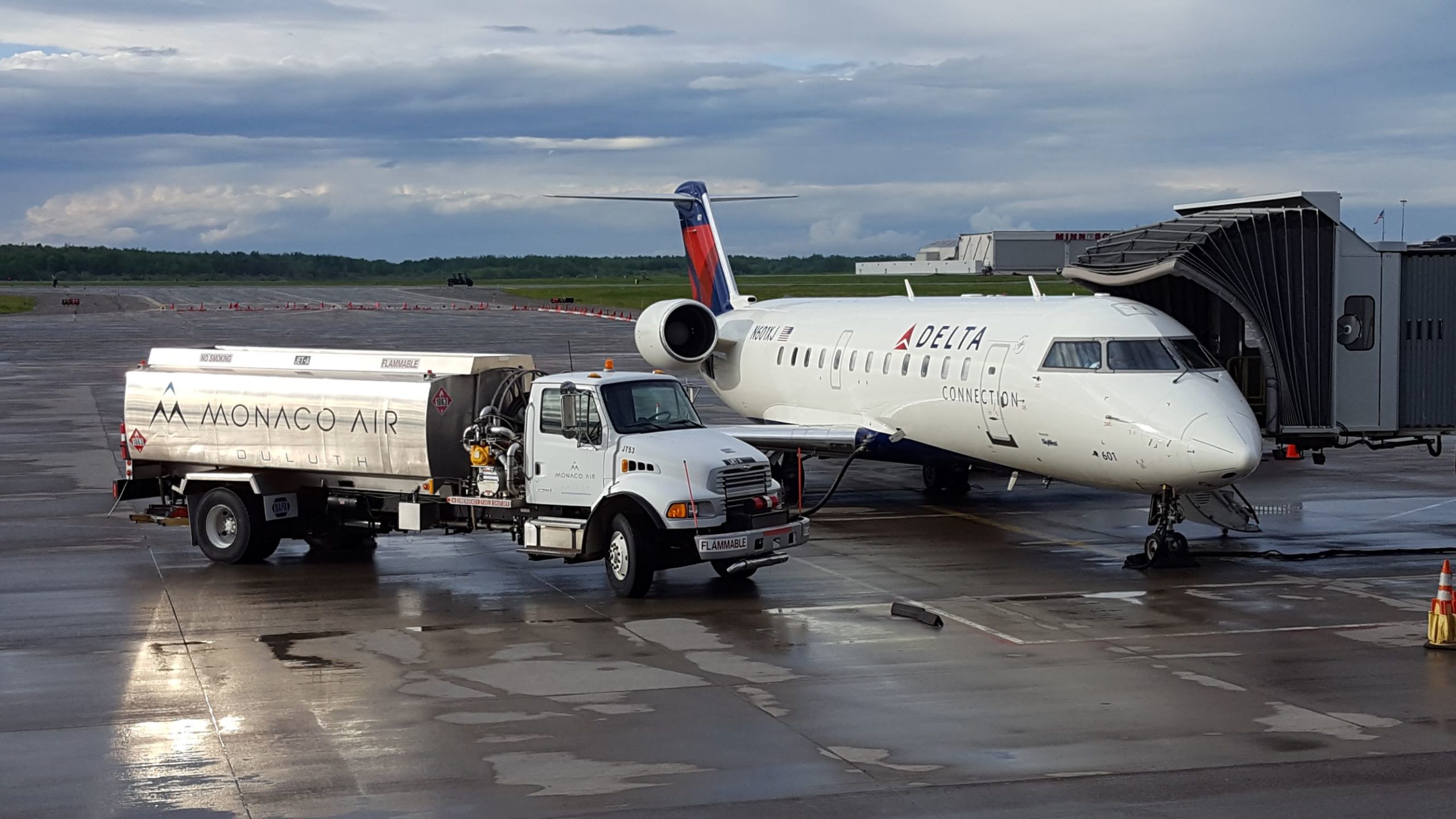How does aviation support Minnesota and our local community?
Aviation continues to shrink the distance and time between people and goods. An airport like DLH, while capable of providing access to a warmer destination in the middle of winter, also contributes significantly to the local economy. In early 2020, the Minnesota Department of Transportation (MnDOT) Office of Aeronautics released the results of a Statewide Economic Impact Study which documented the economic impact of the 133 public airports in the state, including the economic impacts of the Duluth International Airport.
Economic Impact of Public Airports in Minnesota
The 133 public airports have a combined annual economic impact of $18.2 billion. These airports see 5.4 million commercial airline visitors a year and 562,000 general aviation visitors. The study estimated that public airports contribute 5% of the total State’s Gross Domestic Product (GDP) and generate $623.4 million in annual state and local tax revenue.
DLH’s Economic Impact and Community Benefits
The study also documented the economic impact of Duluth International Airport (DLH) which demonstrated that DLH continues to be a significant contributor to the local and statewide economy. The summary Fact Sheet from MnDOT’s study can be found here.
The annual economic impact of DLH is related to activities associated with airport management, businesses located at the airport, average annual capital investment in the airport, and spending by visitors who arrive via the airport. The study estimated that DLH contributes to $483.3 million in annual spending and over $760.6 million in economic activity. This economic activity generates an estimated $32.9 million in state and local tax revenues. The Airport connects visitors from around the world to Duluth and the region. Commercial and general aviation visitors traveling through DLH account for over $39 million in annual spending.
Employment – DLH is a Significant Contributor
DLH supports a total of 6,230 area jobs and $277.3 million in annual payroll, second in the state to only Minneapolis-St. Paul International Airport.

The largest employer at DLH is Cirrus Aircraft which manufactures single engine and light jet aircraft and employs over 1,000 people.
Another large employer is AAR, which employs over 400 people at DLH. AAR is located on the north side of the airport and currently provides aircraft maintenance, repair and operations services to United Airlines’ Airbus fleet.

The Minnesota Air National Guard 148th Fighter Wing is a significant contributor to the local economy and is based at DLH. The 148th, which currently flies the F-16, employs approximately 720 full-time people locally. In 2018, military aircraft accounted for 9% of the total takeoffs and landings at DLH.
A fixed based operator, or FBO, is an organization that provides various services including fueling, maintenance, and pilot facilities. Monaco Air, located on the south side of the airport is DLH’s only FBO. Monaco provides general aviation terminal services, fueling and deicing to aircraft as well as offering other services for both aircraft that are based at DLH and aircraft that are visiting.
These and the many other businesses located at DLH contribute to making the airport an economic force within the community and region.
Our airport plays a large role in the economy and the success of our region. The airport generates over $760 million in annual economic activity, supports travel and tourism, creates jobs and generates income that flows back into our community. The next 20 years has the power to transform our region, and our Master Plan will provide the framework needed to lead the way.
You can view the MnDOT Office of Aeronautics Statewide Economic Impact Study documents on their website, here.
********************************
Build our future. Together. Get Involved! Community involvement is key to the success of our Master Plan. We welcome and look forward to the public’s involvement in this process! Check out our Community Involvement tab for more information on how to get involved.









 | CLICK HERE »
| CLICK HERE »
Connect with DLH
Get all the latest DLH news and updates when you follow us on your favorite social network.
Latest News
DLH Construction Update – October 21, 2024
Read More »DLH Construction Update – October 17, 2024
Read More »DLH Construction Update – October 12, 2024
Read More »